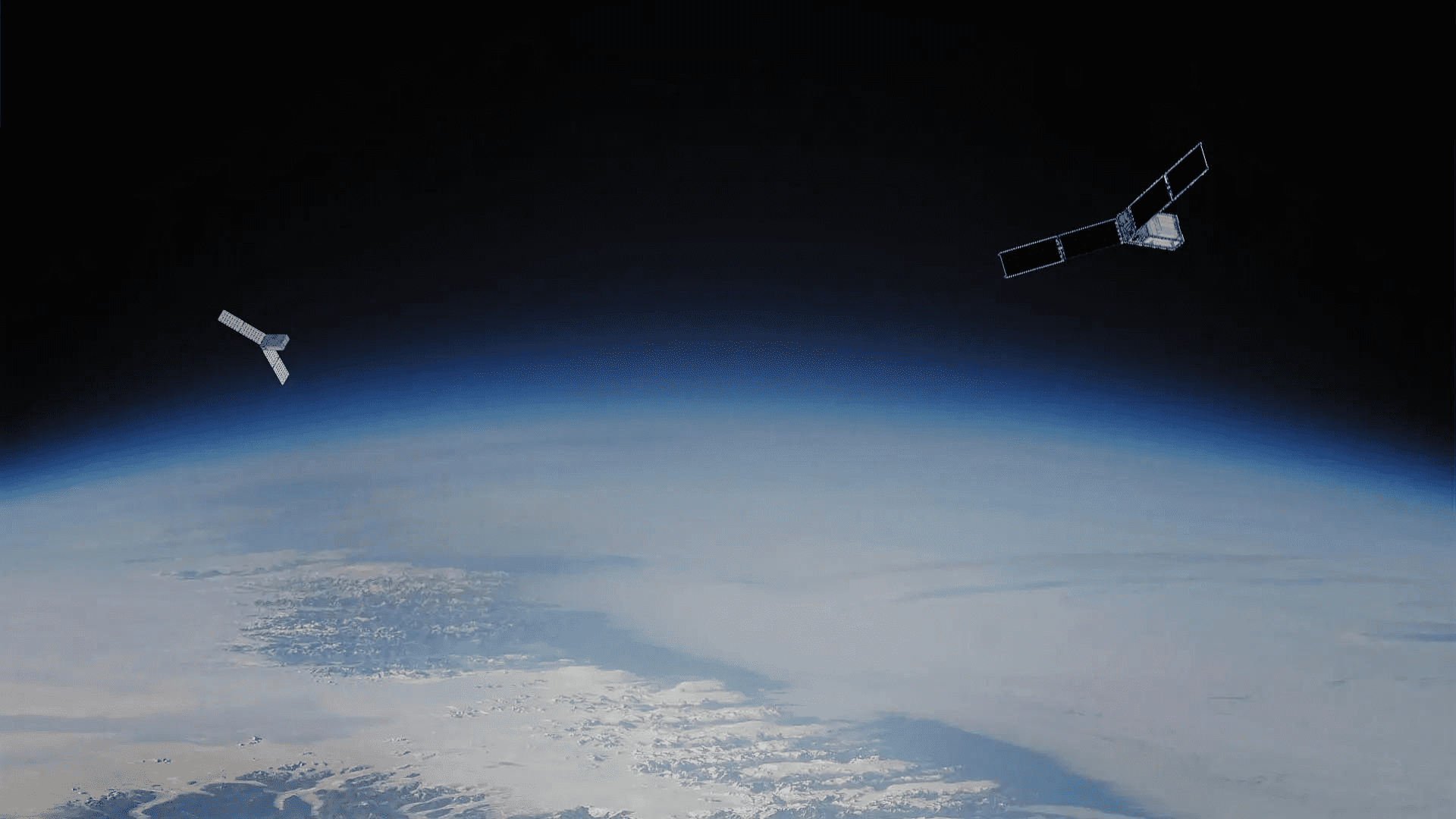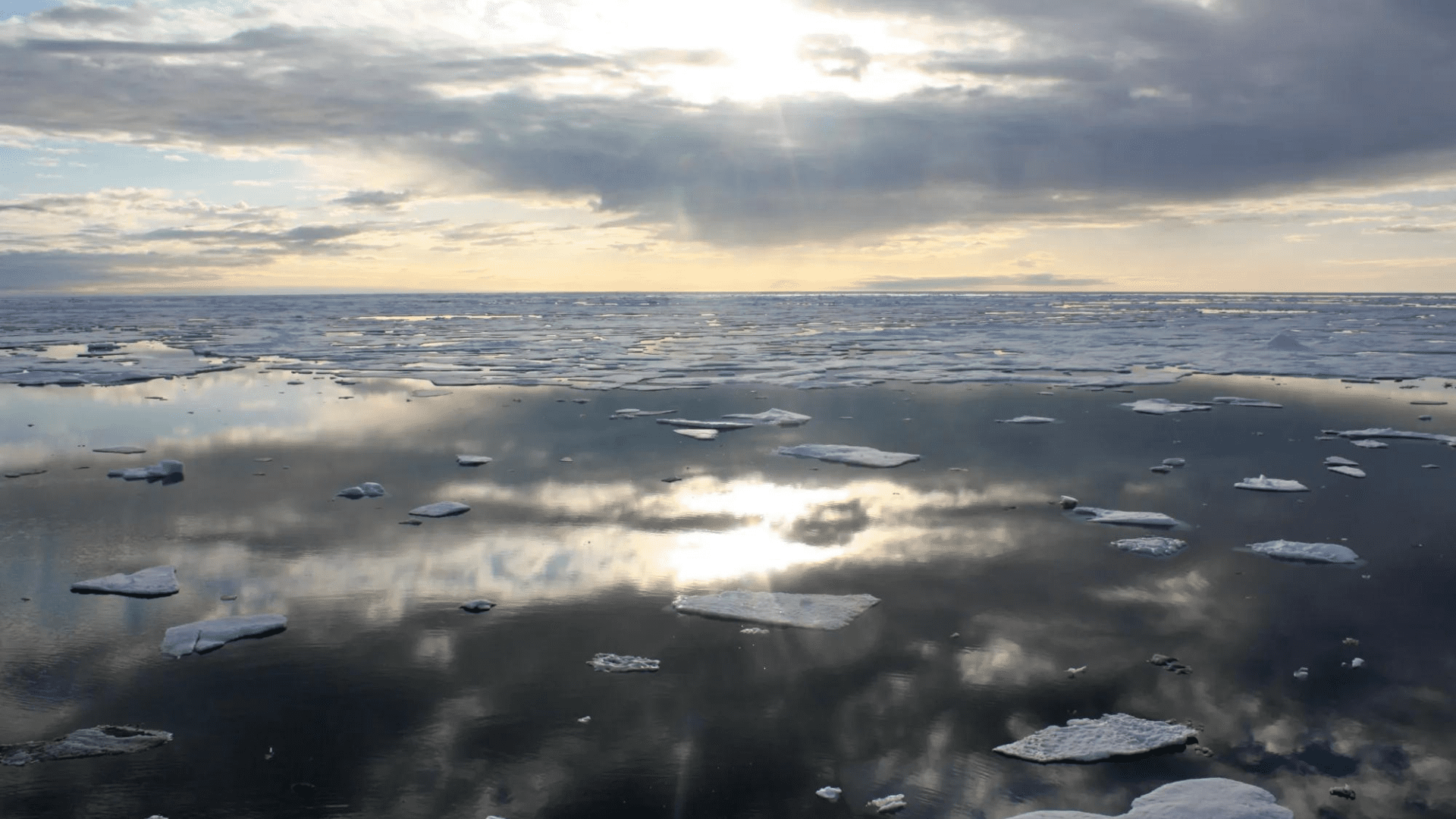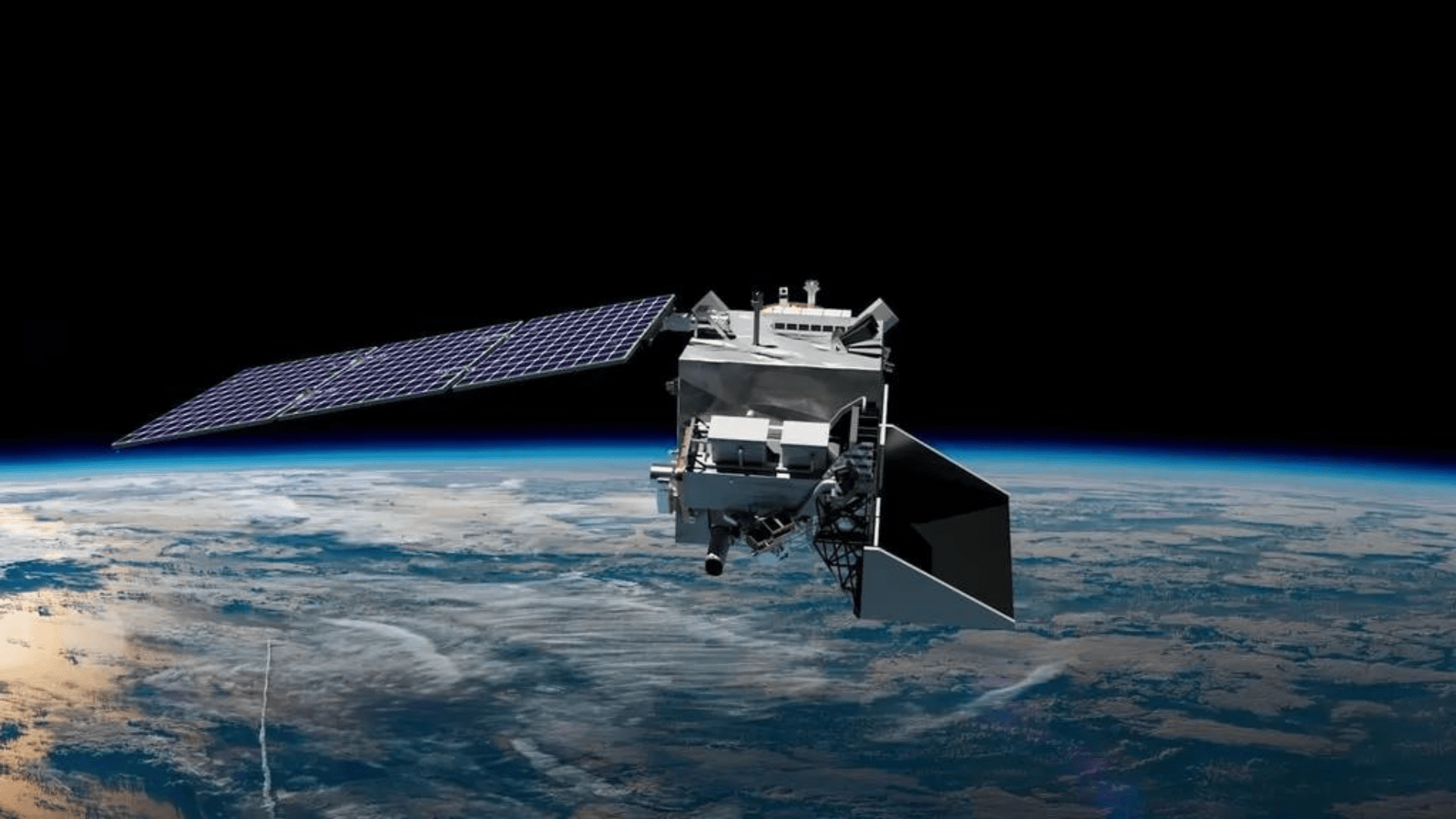NASA wants to learn more about how climate change impacts the Earth’s polar regions. To do that, two miniature satellites will crisscross in the Earth’s atmosphere and study the planet’s bone-chilling regions. The twin spacecraft launches in a few months to observe these regions.
PREFIRE

PREFIRE is the name of the mission. It stands for Polar Radiant Energy in the Far-InfraRed Experiment. The mission aims to make climate models more accurate. To do that, the cube satellites comprising PREFIRE are equipped with technology that can potentially reveal the heat loss from Earth’s polar regions. Team members from the University of Wisconsin-Madison, Michigan, and Colorado helped NASA develop PREFIRE.
The mission starts with the Earth’s energy budget. If you are unfamiliar with the energy budget, it’s a planetary balancing act. When the Earth receives heat energy from the sun, it should radiate back into space. Ideally, the amount the Earth radiates out offsets the amount it receives. This difference in incoming and outgoing energy determines Earth’s temperature.
Why observe the ends of the Earth? These icy regions play a key role in the process. They act like Earth’s radiator fins. Weather and water move the heat energy from the tropics to the poles. From there, it is released as thermal infrared radiation. About 60% of that energy has never been thoroughly measured. Nevertheless, NASA scientists believe PREFIRE closes the gap.
NASA scientist Brian Drouin said, “We have the potential to discover some fundamental things about how our planet works.”
A lot of uncertainty in climate projection comes from the lack of knowledge of how efficiently radiation is released into space from the poles. Drouin said, “The importance of that radiation wasn’t realized for much of the Space Age, but we know now and are aiming to measure it.”
In May, PREFIRE is set to launch into Earth’s atmosphere to explore climate change’s impact on the polar regions.
Explore Tomorrow's World from your inbox
Get the latest innovations shaping tomorrow’s world delivered to your inbox!
I understand that by providing my email address, I agree to receive emails from Tomorrow's World Today. I understand that I may opt out of receiving such communications at any time.
The Arctic’s Future

The Arctic is warming three times faster than any other place on Earth. That’s been the case since the 1970’s. Furthermore, winter sea ice shrinks by 15,900 square miles per year. On the other side of the Earth, a similar change is occurring. In Antarctica, ice sheets are losing mass at an average rate of about 150 billion tons per year.
The implications of these changes are widespread. Shifts in sea ice shape polar ecosystems. Additionally, they influence the temperature and circulation of the ocean. For example, about one-third of the rise in global mean sea level is a result of meltwater from ice sheets in Greenland and Antarctica.
Tristan L’Ecuyer, a professor at the University of Wisconsin-Madison, said, “If you change the polar regions, you also fundamentally change the weather around the world.” L’Ecuyer explained further, “Extreme storms, flooding, coastal erosion – all of these things are influenced by what’s going on in the Arctic and Antarctic.”
Ultimately, PREFIRE is capable of bringing in more information to create a better vision of a world that is constantly changing. L’Ecuyer said, “As our climate models converge, we’ll start to really understand what the future’s going to look like in the Arctic and Antarctic.”






